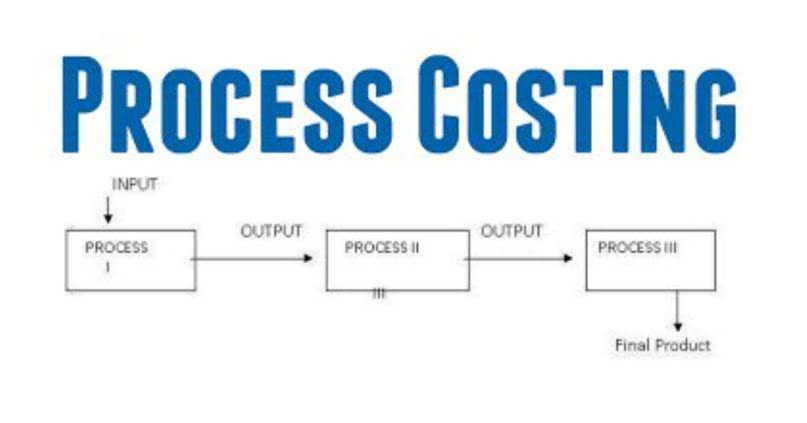3 1: The Operating Cycle Business LibreTexts
- Posted on 11 de janeiro de 2024
- in Bookkeeping
- by admin

The operating cycle formula provides you with valuable insights into the efficiency of your cash conversion process. We’ll explore the formula and its basic concepts, as well as provide practical examples to help you grasp this critical aspect of your business. The post-closing trial balance is prepared after the closing entries have been posted to the general ledger. The post-closing trial balance will contain only permanent accounts because all the temporary accounts have been closed. A post-closing trial balance is prepared immediately following the posting of closing entries. The purpose is to ensure that the debits and credits in the general ledger are equal and that all temporary accounts have been closed.
Step 1 of 3
Two GAAP requirements — recognition and matching — provide guidance in this area, and are the topic of the next sections. The operating cycle formula adds the days inventory outstanding to the days inventory outstanding. In simple terms, it measures the specific time it took for the company to purchase the inventory, operating cycle sell the finished goods, and collect cash from the customer who paid on credit. In the last section, we saw that the adjusted trial balance is prepared after journalizing and posting the adjusting entries. This section shows how financial statements are prepared using the adjusted trial balance.

Scaling analytics across financial services: Understanding the value of model life cycle transformations
- This allows the financial statement user to see what assets will be used and what liabilities will come due in the current year or current operating cycle.
- By comprehending the definition, recognizing the importance, and understanding the purposes of the operating cycle, businesses can make informed financial decisions and work towards optimizing this critical aspect of their operations.
- Reducing costs while also increasing speed and improving quality can be beneficial to business owners.
- Revenue for FY 2017 is $52,056 million and cost of revenue is $42,478 million respectively.
Working on your operating cycle can also benefit many other parts of your business. Although the operating cycle formula is straightforward, diving deeper into the calculations that lead to the DIO and the DSO can lead to deeper insights. In the following sections, we will go through what an operating cycle really is and why it is important for a business to track it. We will also shed some light on how it works, how one can calculate it, and how to make it insightful for your business.
How to Calculate Operating Cycle?
Every industry works differently, which means that the length of this operating cycle can vary from one niche to another. Understanding your operating cycle can help you determine your financial health as it can give you a great indication of the company’s ability to pay off its liabilities in due course. The preceding entry has no effect on expenses reported on the February income statement. The operating cycle is also known as the cash-to-cash cycle, the net operating cycle, and the cash conversion cycle. What this means is that investing in operational process improvement can help reduce costs, increase speed, and improve quality, which will likely lead to increased profits at the end of the day.
- If a company is able to keep a short operating cycle, its cash flow will consistent and the company won’t have problems paying current liabilities.
- On January 15, Big Dog received a $400 cash payment in advance of services being performed.
- The cost less estimated residual value is the total depreciable cost of the asset.
- To improve your DSI, consider implementing inventory optimization techniques, such as demand forecasting, JIT inventory management, and safety stock management, as discussed earlier in this guide.
- By the end of the cycle, that material has been successfully converted into the end product and sold, with the cash received in full.
What are some examples of businesses with high or low operating cycles?

For example, a $50,000 truck that is expected to be used by a business for 4 years will have its cost spread over 4 years. After 4 years, the asset will likely be sold (journal entries related to the sale of plant and equipment assets are discussed in Chapter 8). The accounts receivable collection period is the average number of days it takes to collect accounts receivable. As a result, some account balances reported on the January 31, 2023 unadjusted trial balance in Figure 2 have changed. Recall that an unadjusted trial balance reports account balances before adjusting entries have been recorded and posted.
The time it takes in collecting receivables on average is called the days sales outstanding. At the end of a fiscal year, after financial statements have been prepared, the revenue, expense, and dividend account balances must be zeroed so that they can begin to accumulate amounts belonging to the new fiscal year. Closing entries transfer each revenue and expense account balance, as well as any balance in the Dividend account, into retained earnings.
Purpose of Understanding the Operating Cycle







